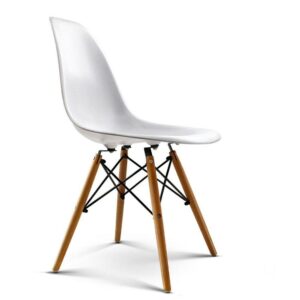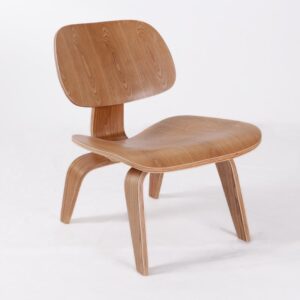The architect and designer Ludwig Mies van der Rohe has done just that with the Barcelona Chair, an object whose popularity has endured for almost a century. As an icon of modernism, the design of the Barcelona chair was inspired by the campaign and folding chairs of antiquity. The frame was originally designed to be bolted together but was then redesigned in 1950 using stainless steel, allowing the frame to be formed from a seamless piece of metal, giving it a smoother look. Cowhide replaced the ivory-colored pigskin that was used for the original pieces.
In 1953, six years after Reich’s death, the design went into commercial production and van der Rohe licensed the reproduction rights to Knoll, the currently licensed manufacturer and owner of all trademark rights. Today, Knoll makes the frame in two different steel configurations, chrome and stainless. The chair is almost entirely made by hand. Ludwig Mies van der Rohe’s signature, designer of the barcelona chair is stamped on every chair. Unauthorized reproductions are increasing worldwide and are sold under various marketing names.
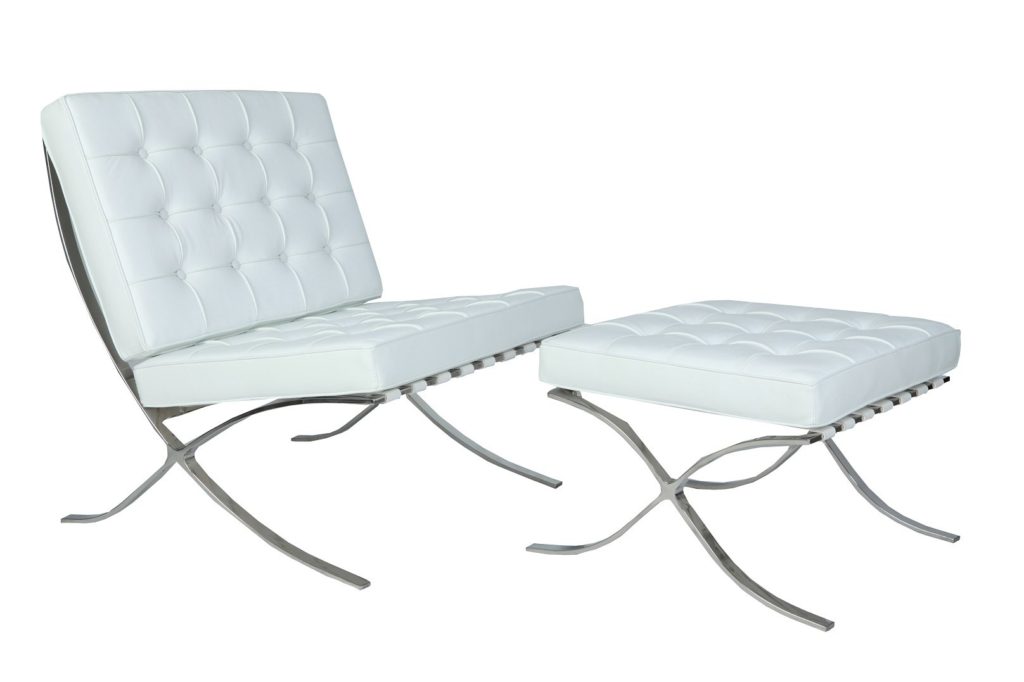
More about the Mies van der Rohe pavilion in Barcelona More about the Barcelona chair on Wikipedia. The design world attracted attention and the chairs have been in almost continuous commercial production ever since. The cantilevered seat and backrest of the original chairs were upholstered in white goatskin with frame and button details. Aware that King Alfonso XIII would be present, Mies also famously said that the Barcelona chair would be suitable for a king, giving way to the misconception that Barcelona Chair was designed as a monarchical object, an idea that has since been largely discredited by scholars.
In 1928, sketches for the Barcelona Chair appeared for the first time, along with other seating solutions that Mies was experimenting with at the time. One year later, the chair appeared in the Bamburg-based company’s product catalog in 1931, signaling the first attempt to mass-produce the chair. Seen from the side, the single curve of the rod, which forms the back and front legs of the chair, crosses the S curve of the rod, which forms the seat and the hind legs, and forms an intersection of the two. Originally designed for the exhibition, only two iterations of the Barcelona Chair were specifically designed for the Barcelona Pavilion.
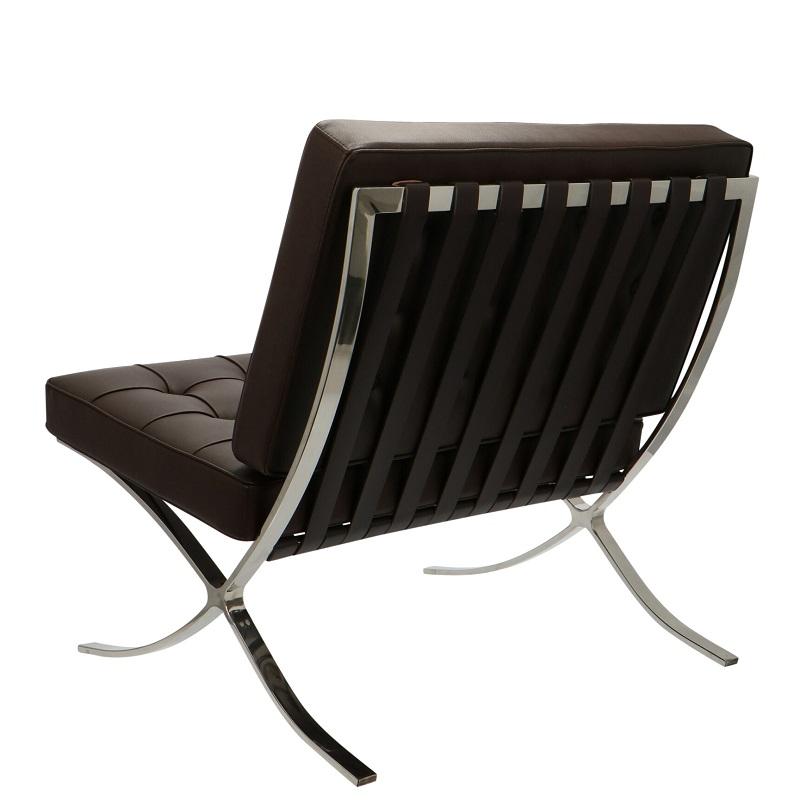
The Barcelona Chair was designed for the German Pavilion, Germany’s exhibition for the 1929 Barcelona World’s Fair. The first commercial production of the Barcelona Chair followed shortly after the Barcelona Pavilion made its debut. As 20th century design specialist Michael Jefferson put it, I’m not sure if there is a more unique expression of Mies’ aesthetics and rigor than the Barcelona Chair. The most distinctive feature of a Barcelona chair made by Knoll is the thick, stitched piping on the cushions, which are filled with thick industrial foam. The residency was the first to use Bauhaus concepts and to introduce the Barcelona Chair to America.
Jefferson recalled, “I spoke to Bobby Cadwallader, the former director of Knoll, and he said, ‘I don’t know what Chicagoans are all about, but they seemed to order these bronzed Barcelona chairs en masse. Inspired by classic shapes, the simple, scissor-shaped design of the Barcelona Chair (known as Curule Seat) dates from 1500 BC
References:
-
Product on sale
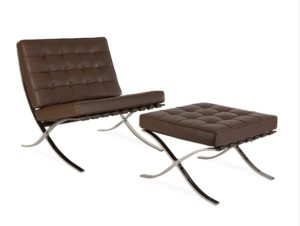 Premium Barcelona Chair and Ottoman Chocolate Brown Set – Mies Van Der Rohe ReplicaOriginal price was: €950,00.€639,00Current price is: €639,00.
Premium Barcelona Chair and Ottoman Chocolate Brown Set – Mies Van Der Rohe ReplicaOriginal price was: €950,00.€639,00Current price is: €639,00. -
Product on sale
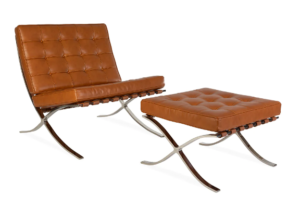 Premium Barcelona Chair and Ottoman Tan Brown Set – Mies Van Der Rohe ReplicaOriginal price was: €950,00.€639,00Current price is: €639,00.
Premium Barcelona Chair and Ottoman Tan Brown Set – Mies Van Der Rohe ReplicaOriginal price was: €950,00.€639,00Current price is: €639,00. -
Product on sale
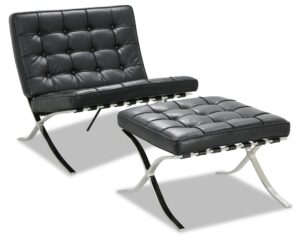 Premium Barcelona Chair and Ottoman Black – Mies Van Der Rohe ReplicaOriginal price was: €950,00.€639,00Current price is: €639,00.
Premium Barcelona Chair and Ottoman Black – Mies Van Der Rohe ReplicaOriginal price was: €950,00.€639,00Current price is: €639,00.


